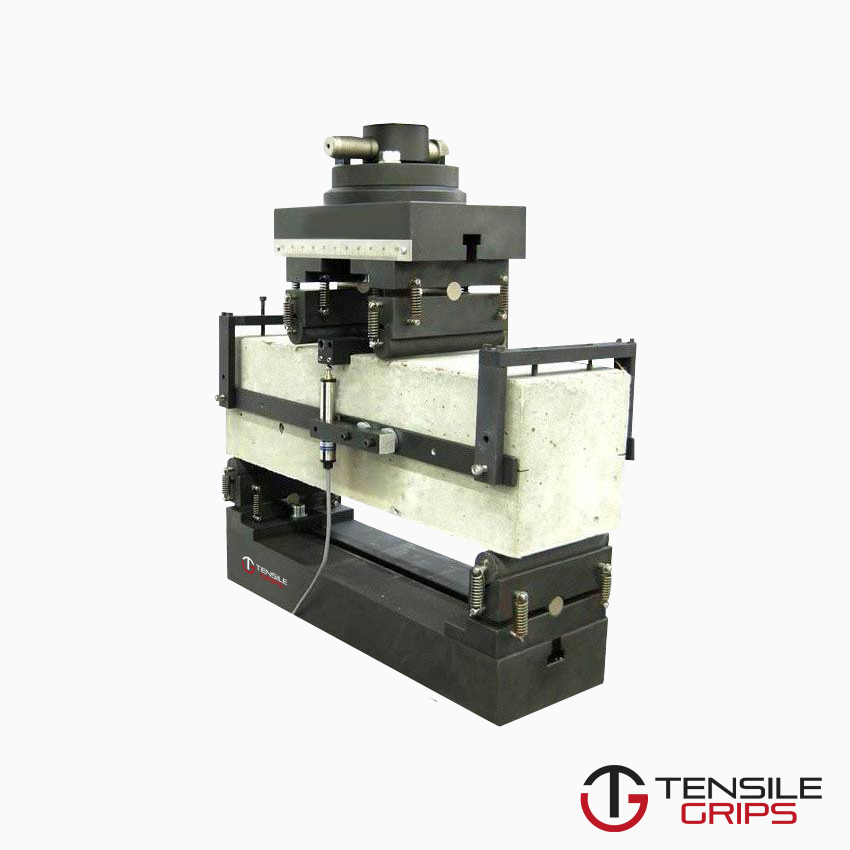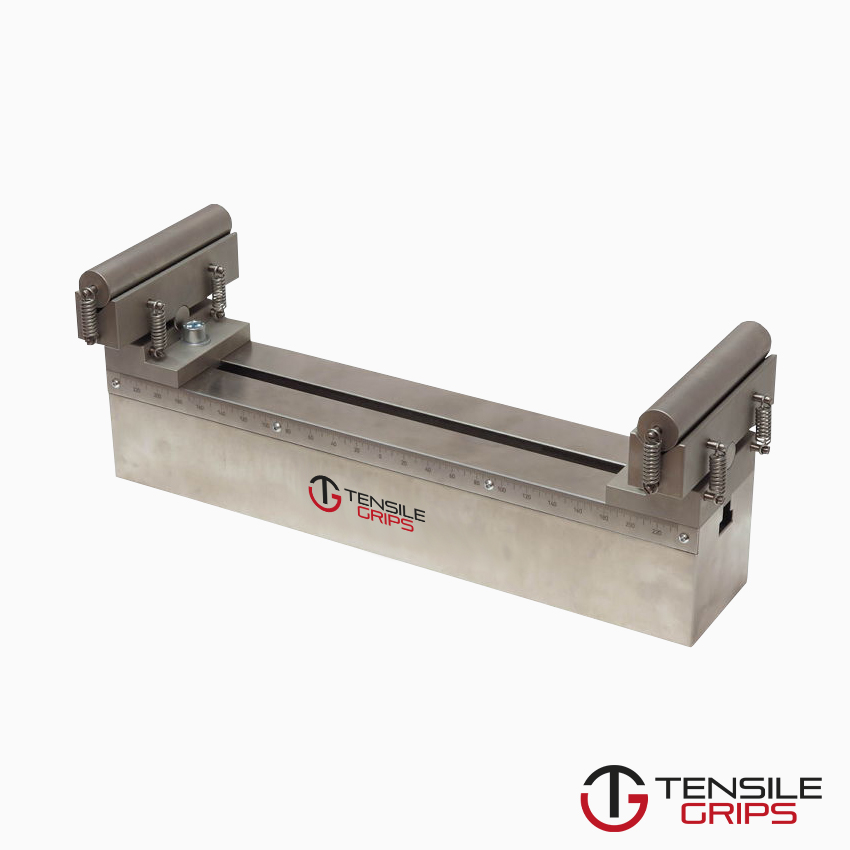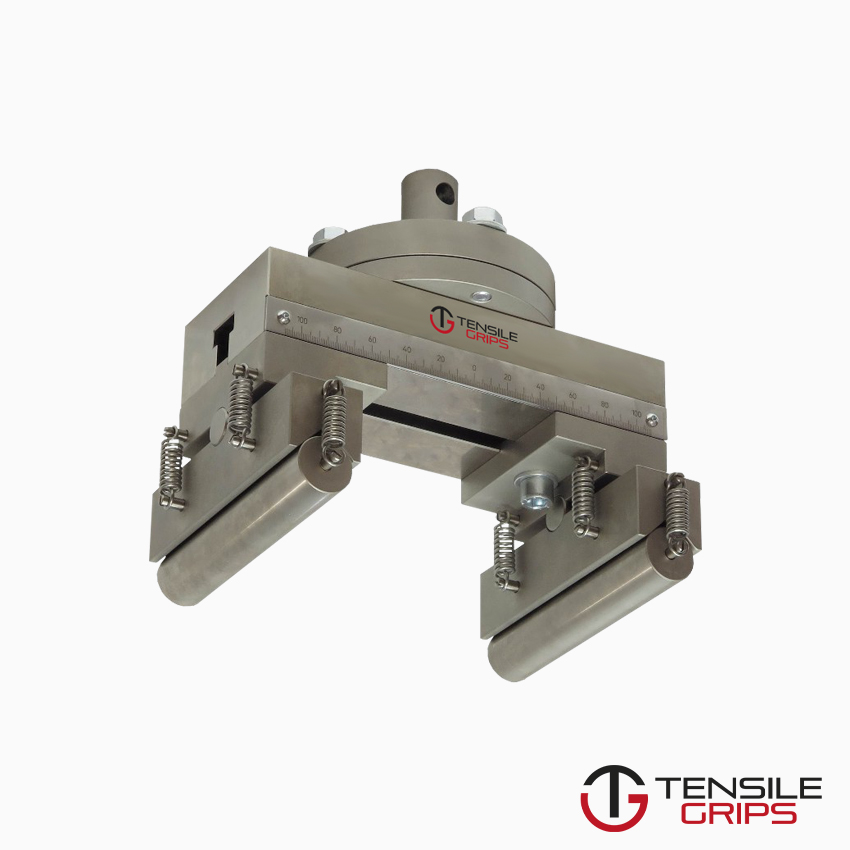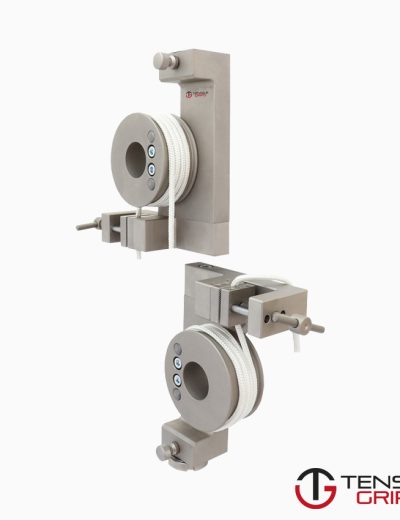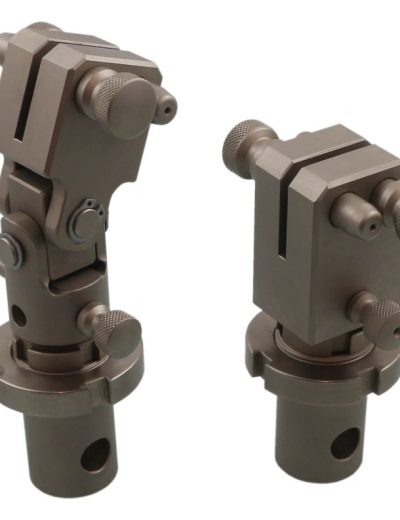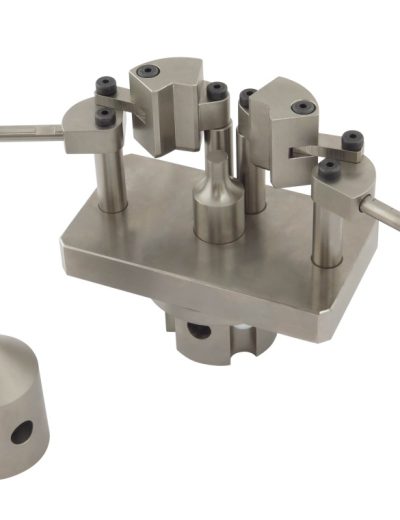ASTM C1609 Test Fixture
ASTM C1609 – Flexural Testing of Fiber-Reinforced Concrete Beams
ASTM C1609 evaluates the flexural performance of fiber-reinforced concrete using parameters derived from the load-deflection curve obtained
by testing a simply supported beam under third-point loading using a closed-loop, servo-controlled testing system.
Please Contact With Us For More Information
ASTM C1609-Standard Test Method for Flexural Performance of Fiber-Reinforced Concrete (Using Beam With Third-Point Loading)
ASTM C1609 – Flexural Testing of Fiber-Reinforced Concrete Beams
ASTM C1609 evaluates the flexural performance of fiber-reinforced concrete using parameters derived from the load-deflection curve obtained
by testing a simply supported beam under third-point loading using a closed-loop, servo-controlled testing system.
This test method provides for the determination of first-peak and peak loads
It provides for determination of specimen toughness based on the area under the load-deflection curve up to a prescribed deflection and the corresponding
equivalent flexural strength ratio.
NOTE 1: Residual strength is not a true stress but an engineering stress computed using simple engineering bending theory for linear elastic materials and gross
(uncracked) section properties.
NOTE 2: Specimen toughness expressed in terms of the area under the load-deflection curve is an indication of the energy absorption capability of the
particular test specimen, and its magnitude depends directly on the geometry of the test specimen and the loading configuration.
This test method utilizes two preferred specimen sizes of 100 by 100 by 350 mm [4 by 4 by 14 in.] tested on a 300 mm [12 in.] span, or 150 by 150 by 500 mm
[6 by 6 by 20 in.] tested on a 450 mm [18 in.] span. A specimen size different from the two preferred specimen sizes is permissible.
Fiber reinforced concrete (FRC) is finding increased use in construction.
ParsRos offers several advantages over rebar or wire mesh reinforced concrete including increased crack resistance, ductility, energy absorption, impact resistance
and residual strength.
ParsRos can also significantly lower materials and labor costs compared to rebar or wire mesh reinforced concrete.
ASTM C1609, Standard Test Method for Flexural Performance of Fiber-Reinforced Concrete (Using Beam With Third-Point Loading), is one specification governing
the testing of Fiber Reinforced Concrete Beams.
ASTM C1609 requires the use of a closed-loop, servo controlled compression testing machine. The test is run at specified net deflection rates as measured
at the mid-span point of the beam.
The testing machine must be capable of controlling at very slow speeds.
*** Electromechanical testing machines are best suited for this type of application.
*** Before conducting ASTM C1609 , it is important to read the entire specification. Standards can be obtained from appropriate standard authorities.
Referenced Documents
ASTM Standards
ASTM C31/C31M Practice for Making and Curing Concrete Test Specimens in the Field
ASTM C42/C42M Test Method for Obtaining and Testing Drilled Cores and Sawed Beams of Concrete
ASTM C78/C78M Test Method for Flexural Strength of Concrete (Using Simple Beam with Third-Point Loading)
ASTM C125 Terminology Relating to Concrete and Concrete Aggregates
ASTM C172/C172M Practice for Sampling Freshly Mixed Concrete
ASTM C192/C192M Practice for Making and Curing Concrete Test Specimens in the Laboratory
ASTM C823/C823M Practice for Examination and Sampling of Hardened Concrete in Constructions
ASTM C1140/C1140M Practice for Preparing and Testing Specimens from Shotcrete Test Panels
ASTM E4 Practices for Force Verification of Testing Machines

